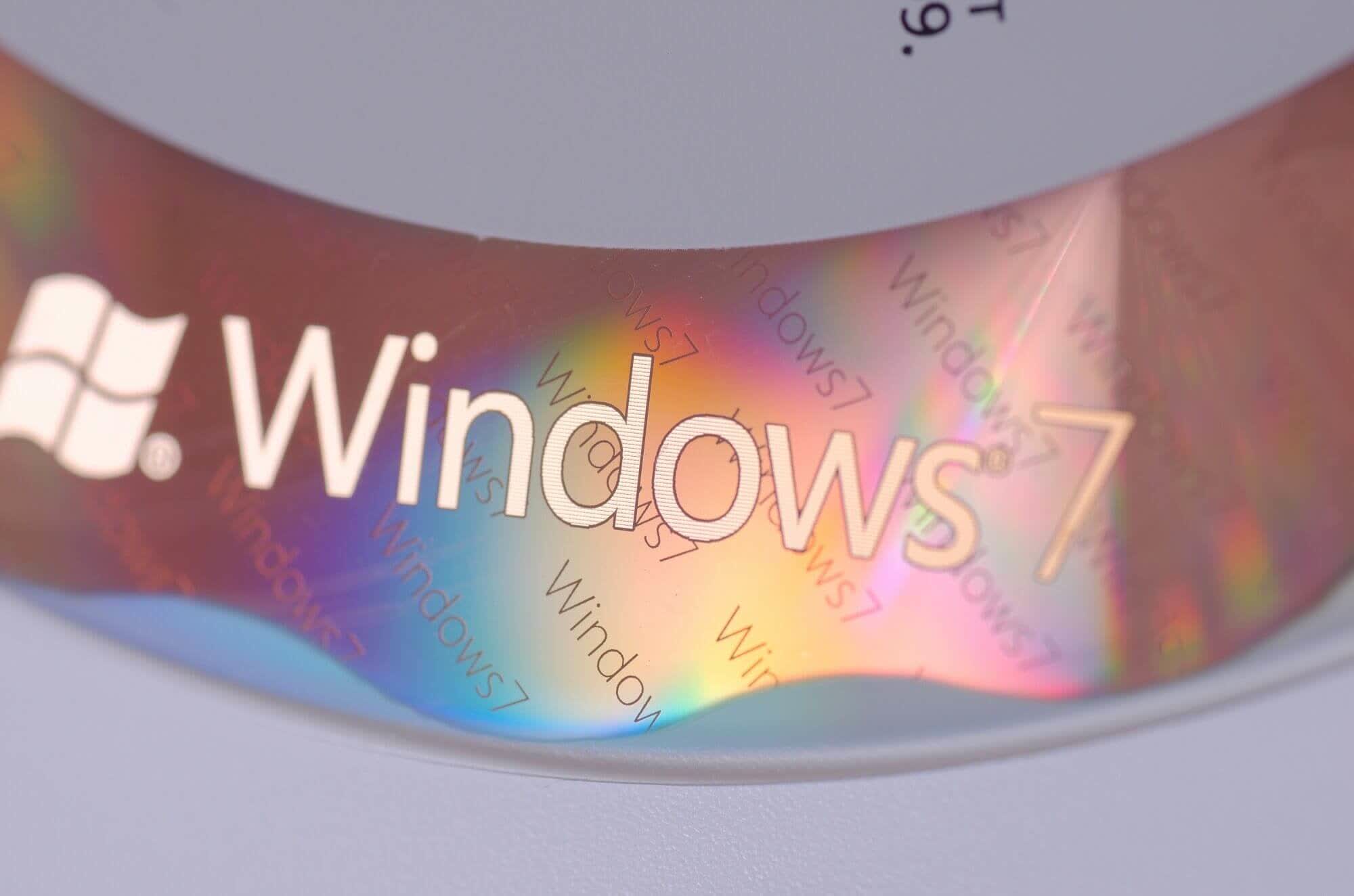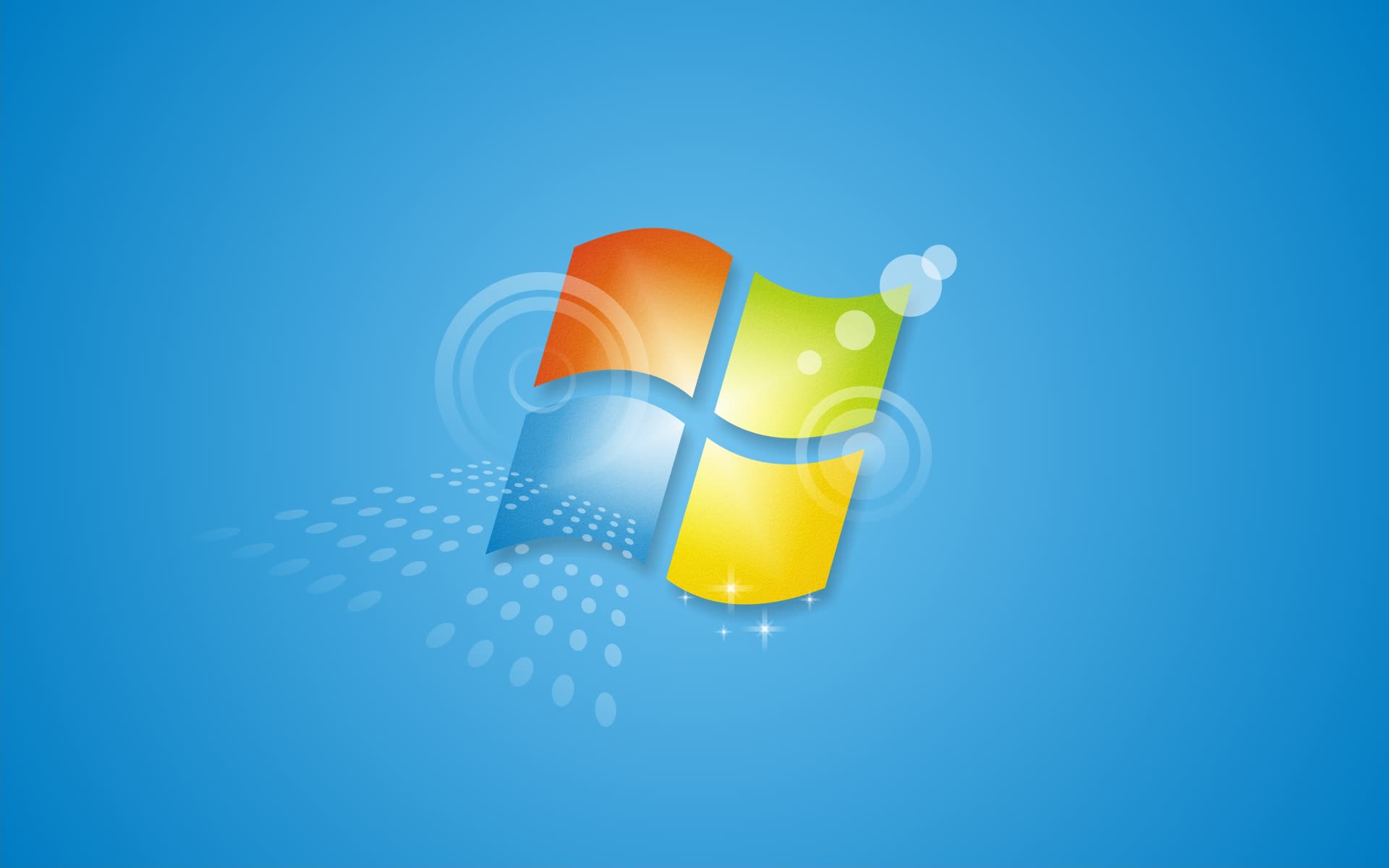In brief: There was once a time when Windows took so long to boot, users could grab a snack or use the restroom while waiting for the desktop to load. A Microsoft veteran recently revealed why things took a little longer on Windows 7 systems with solid backgrounds during the months following its 2009 launch.

Soon after Microsoft released Windows 7 in October 2009, some users reported a 30-second delay when booting PCs if the desktop background was a solid color. Microsoft developer Raymond Chen explains the issue by outlining Windows' startup process.
Some users, like Chen, might prefer the simplicity of a solid wallpaper or no wallpaper at all. Whether simple backgrounds of certain colors can save energy is also a matter of ongoing debate.
Although users might believe that a no-frills wallpaper or no wallpaper might load more quickly, an early bug in Windows 7 caused the opposite effect, making it seem as if the PC was stuck on the welcome screen for half a minute. According to Chen, when Windows starts, it waits for various system components to report in, such as the desktop icons, taskbar, and background. However, when one is missing, the operating system waits up to 30 seconds before displaying the desktop.

This could also occur if users enabled group policies to hide desktop icons or perform other actions. Group policies suffered from the issue because their code was usually added after the main code.
Thankfully, the glitch appeared to affect only Windows 7 and Windows Server 2008 R2 systems for a brief period in 2009. Timestamps from the complaints indicate that Microsoft addressed the bug in November of that year.
Hailed as a return to form after Microsoft's misfire with Vista, Windows 7 was one of the operating system's more popular versions. Many users hung onto it long after Windows 8, 10, and 11 succeeded it, but most systems probably shouldn't be using it in 2025.
Although a notable portion of Windows PCs ran on Windows 7 in recent years, StatCounter reports that the latest figures have fallen to 2.5 percent. Microsoft dropped support long ago (and is preparing to label Windows 10 as end-of-life this October), and even Steam abandoned Windows 7 last fall. However, some versions of Firefox still support the OS, and 0patch has released microcode for it as recently as March.
Here's why Windows 7 took so long to boot with solid color backgrounds in 2009